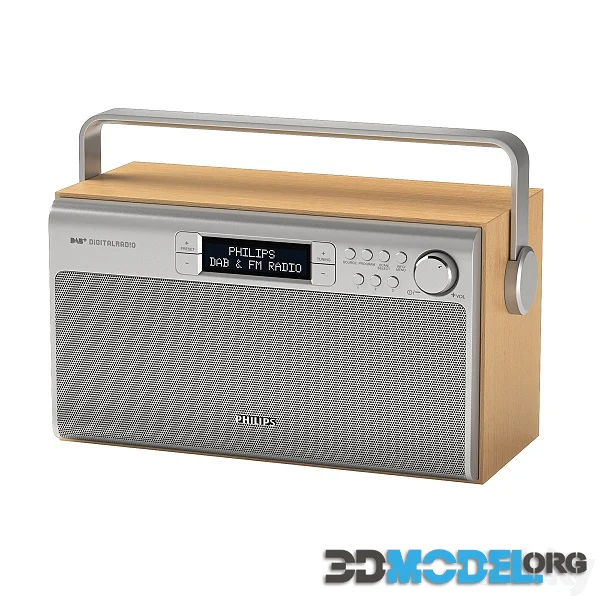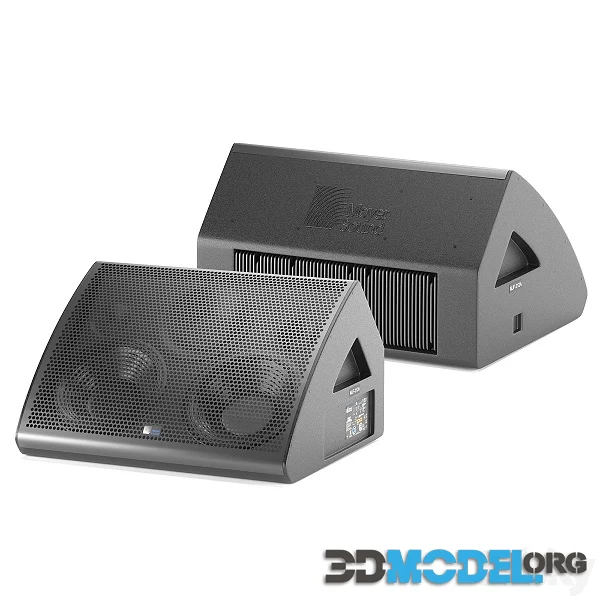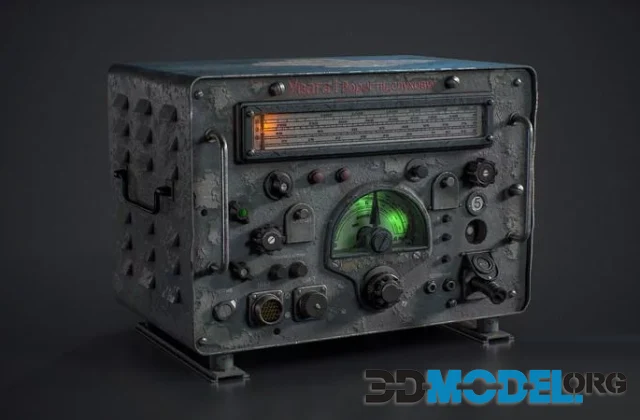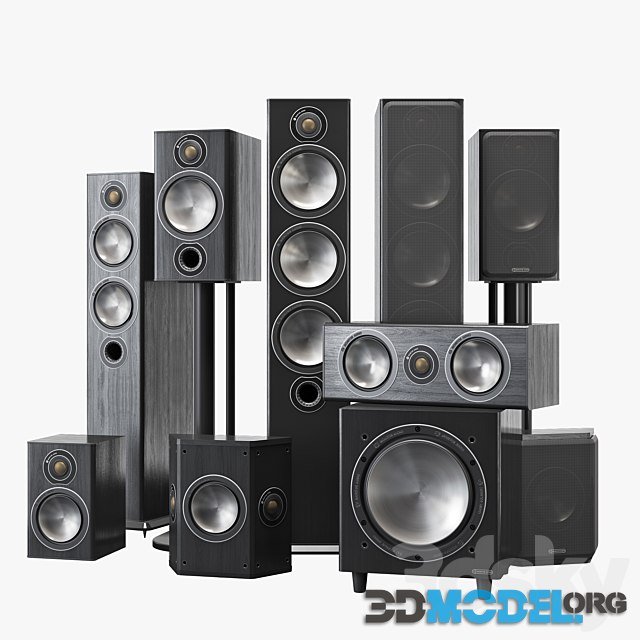Military Radio-Scanner (PBR)
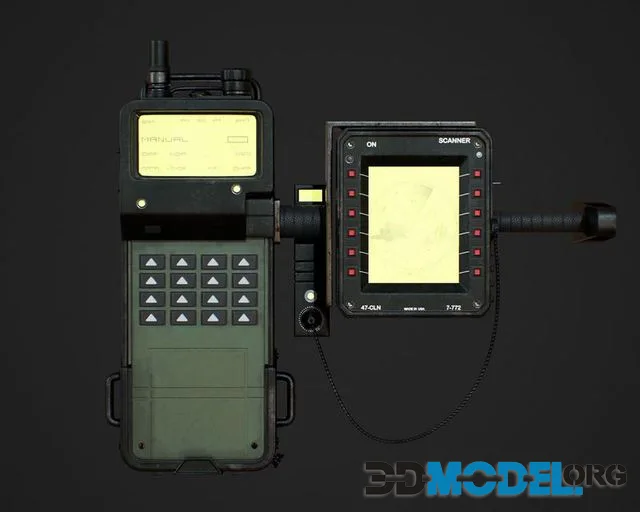
The Military Radio-Scanner is a crucial communication device used by armed forces to monitor, intercept, and communicate across various radio frequencies. Known for its durability, reliability, and advanced functionality, this device is designed to operate in the harshest environments and ensure secure and clear communication.
The exterior design of the Military Radio-Scanner is rugged and utilitarian, featuring a durable, weather-resistant casing made from high-quality materials such as reinforced plastic or metal. The casing is typically finished in matte black or military green, providing camouflage and reducing glare. The device is built to withstand extreme temperatures, dust, moisture, and physical shocks, making it ideal for field operations.
The front panel of the radio-scanner includes a clear, backlit LCD display that shows frequency information, signal strength, battery status, and other operational indicators. The interface is designed to be user-friendly, with large, tactile buttons and knobs that can be easily operated even while wearing gloves. The controls allow users to quickly adjust frequencies, volume, and other settings.
The radio-scanner is equipped with an extendable antenna that can be adjusted for optimal signal reception. Some models may include multiple antennas or connectors for external antennas to enhance range and performance. The device supports a wide frequency range, allowing it to monitor and communicate across various civilian, commercial, and military bands.
One of the key features of the Military Radio-Scanner is its encryption capability, which ensures secure communication by encoding transmissions to prevent interception by unauthorized parties. The device often includes multiple encryption protocols and can be configured to meet specific operational requirements. Additionally, the radio-scanner supports various modulation modes, such as AM, FM, and digital, providing flexibility in different communication scenarios.
The radio-scanner is powered by a rechargeable battery, designed to provide long-lasting operation in the field. It may also include options for external power sources, such as vehicle adapters or solar chargers, ensuring continuous functionality during extended missions. Battery life indicators and low-battery alerts help users manage power efficiently.
The device includes multiple connectivity options, such as headphone jacks, microphone inputs, and data ports for connecting to other communication equipment or computers. These features enable seamless integration with other systems and facilitate data logging and analysis.
3d-model is executed in detail and quality. PBR-textures included.
File type: Max, Obj, Fbx
Ctrl
Enter
Noticed a misTake
Highlight text and press Ctrl+EnterRelated news:
Comments (0)

